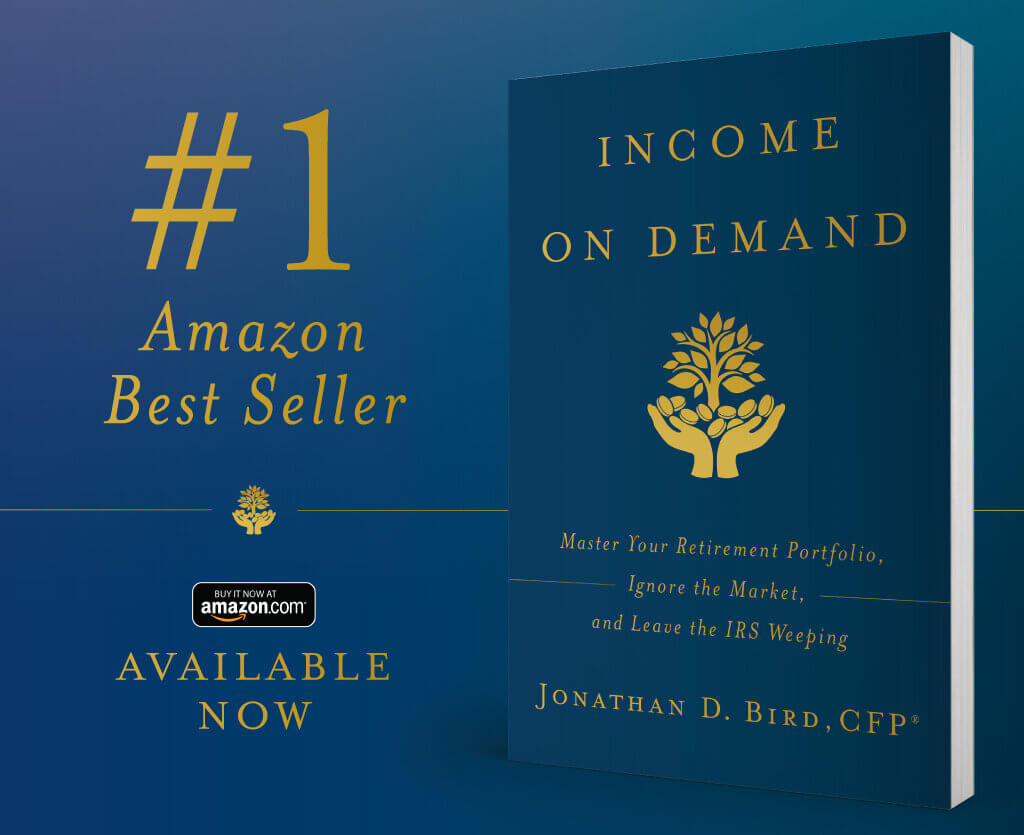If history shows that downturns come and recoveries follow, you might wonder this: Why not just step out of the ring before the punches start landing? Why not just jump out when the market turns sour, hold on to your assets while the market sinks, then jump back in when it begins to recover?
That was my Schwab client Robert’s reaction in late 2018, when the market dropped from an all-time high by at least 10 percent from September to December, taking with it all the year’s gains. You may remember it.
Uncertainty over the President’s trade tactics shook the markets. The pundits raised the specter of a new recession, and it seemed a plausible argument. After all, the economy’s decade-long recovery from the Great Recession of 2008 couldn’t last forever. Against the advice of our team at Schwab, Robert sold all the stock he held in his IRA and old 401(k) rather than risk more losses. “Look,” he said, “with everything that’s going on, the trade war and everything, I just don’t think we can make money in stocks, at least for the next couple of years. So, I’m just going to hang out on the sidelines.”
My response: “It’s not about timing the market, it’s about time in the market. It’s important to stick to our long-term plan.” We knew the history, and it was on Robert’s side. The market would rebound and resume its growth; it was simply a question of when.
The answer was not long in coming. Starting at the beginning of 2019, the market rallied. The pundits scratched their heads. Robert stayed out. “Well,” he said, “I see it’s going up, but I’m going to wait until it falls back down to where I bought it in at and then I’ll feel more comfortable getting back in.”
Month by month, the market kept appreciating. By the end of 2019, the S&P 500 stood 30 percent higher than at the beginning of the year. At the time I left Schwab, Robert was just starting to agree to dollar-cost-averaging back into the market. He had slipped the punch—but he was paying the price for it. He still is. Because even if you guess right about when to jump out of the market, you also need to guess right about when to jump back in. You might as well take your money to the casino and try your luck there. It’s easier than anticipating the market. And at least you’ll have fun doing it.
The cautionary tale of Robert isn’t all bad, because he was smart enough to leave his wife’s holdings alone. And to her credit, she chose a different course. “I don’t care what’s going on in the market,” Michelle told me when I called. “I know what’s good for me.” She held steady. As a result, she is dramatically outperforming her husband—because she stayed in the ring.
Yes, the market falls—more often than you might think. But it also comes back—more quickly than the pundits might suggest. Set aside your five-year cash moat and write your withdrawal policy. When the market’s down, live by that policy. If you’ve crafted a policy that is right for you, you’ll be able to stay in the ring longer than the pain of the market’s punch.
Want to learn more about how to save money on fees and taxes in your portfolio?
Check out my book Income on Demand on Amazon to build your financial castle.
Contact Us to learn more about how Farnam Financial can help you achieve your goals.
Jonathan Bird, CFP®
Farnam Financial LLC (“Farnam”) is a registered investment advisor offering advisory services in the State of Arizona and in other jurisdictions where exempted. Registration does not imply a certain level of skill or training. The presence of this website on the Internet shall not be directly or indirectly interpreted as a solicitation of investment advisory services to persons of another jurisdiction unless otherwise permitted by statute. Follow-up or individualized responses to consumers in a particular state by Farnam in the rendering of personalized investment advice for compensation shall not be made without our first complying with jurisdiction requirements or pursuant an applicable state exemption.
All written content on this site is for information purposes only. Opinions expressed herein are solely those of Farnam, unless otherwise specifically cited. Material presented is believed to be from reliable sources and no representations are made by our firm as to other parties’ informational accuracy or completeness. All information or ideas provided should be discussed in detail with an advisor, accountant or legal counsel prior to implementation.





